In my prior post, we saw how Hettie Schoenthal Stein described the early part of her life in the memoirs she wrote to her grandson Ezra Parvin Lippincott, Jr., in 1973 and 1974. After a childhood in Atlantic City with her many siblings, she had followed her sister Gertrude to Tucson, Arizona, married Henry Stein, and then moved with him and their two children Walter and Blanche to Ray, Arizona, a mining town over ninety miles from Tucson.
The FamilySearch.org website provided these insights into what might have attracted Hettie and Henry to Ray, Arizona:
The small town of Ray, Arizona, located in the south central portion of Pinal County, was founded in 1870. By 1873, prospectors were engaged in silver mining and by 1880 high grade copper ore was being mined in Ray. The original founders were most likely a group of copper miners operating a small mine in this copper rich area. One of the miners, Mr. Bullinger, is said to have named the town Ray, after his daughter, Ray Bullinger. By 1909 The Arizona Hercules Copper Company had purchased the rights to the mine and constructed the town as a company town. The mining operation in Ray enjoyed a worldwide reputation because of the innovative mining practices employed in the underground mine.
![Ray, Arizona copper mine y Palmercokingcoal (Own work) [CC BY-SA 4.0 (http://creativecommons.org/licenses/by-sa/4.0)], via Wikimedia Commons](https://brotmanblog.com/wp-content/uploads/2016/02/ray_arizona_1916.jpg?w=584&h=368)
Ray, Arizona copper mine 1916
y Palmercokingcoal (Own work) [CC BY-SA 4.0 (http://creativecommons.org/licenses/by-sa/4.0)%5D, via Wikimedia Commons
The FamilySearch page also conveys a sense of what life was like in Ray in the early 20th century:
The original town of Ray consisted of one short main street with small businesses on both sides of the street. By 1909 the company had constructed a hospital and there are birth certificates from the hospital that date back to 1910. There was usually a doctor in Ray and the hospital employed at least 3 nurses and a cook according to Census Records. … The elementary school (Lincoln Elementary) had grades 1 through 8 in eight classrooms. …. Ray High School was a short walk uphill from the elementary school. …. Ray didn’t have a newspaper, but people in the small town subscribed to The Arizona Republic, a newspaper in Phoenix. Ray had four churches….
Obviously, Ray was a booming town by the time Hettie and Henry moved there in the mid-1910s or so.
![Ray, Arizona 1916 By Palmercokingcoal (Own work) [CC BY-SA 4.0 (http://creativecommons.org/licenses/by-sa/4.0)], via Wikimedia Commons](https://brotmanblog.com/wp-content/uploads/2016/02/ray_arizona_1916-b.jpg?w=584&h=371)
Ray, Arizona 1916
By Palmercokingcoal (Own work) [CC BY-SA 4.0 (http://creativecommons.org/licenses/by-sa/4.0)%5D, via Wikimedia Commons
To my knowledge the Steins and Millers were the only Jews living in Ray. My uncle Jake [Jacob Miller, Gertrude Schoenthal’s husband] and his brother, also called Uncle, had a dry goods and shoe store, and a general merchandise and grocery store. The general merchandise had hardware, mining equipment, farm equipment, guns, and shells. My dad ran the bakery and delivery of bread and pastries from a wagon, pulled by a horse (named Tom). One day my dad stopped for lunch at home with the bakery wagon. While he was having lunch, something frightened Tom and he bolted. There were bakery products all over the neighborhood. Tom was caught and calmed. Tom was not hurt.
My cousin (Harry) [Gertrude Schoenthal Miller’s son] used to spend the summer in Ray. He lived in Tucson and went to school there. While in Ray, Harry worked in the store. His job was to solicit orders at the houses in the residential sections of Ray. This was done on horseback.
The big event at the grocery store was uploading one hundred pound bags of flour, sugar, and salt that were skidded into the cellar on a slide. Lots of fun! We kids rode on the bags.
(From “Recollections,” by Walter Stein.)
From this excerpt, I get the impression, consistent with what I wrote about here, that Jacob Miller had moved to Ray, but left his wife Gertrude and family behind, perhaps so that his children could continue to go to school in Tucson.
![Ray, Arizona 1916 By Palmercokingcoal (Own work) [CC BY-SA 4.0 (http://creativecommons.org/licenses/by-sa/4.0)], via Wikimedia Commons](https://brotmanblog.com/wp-content/uploads/2016/02/ray_arizona_1916-a.jpg?w=584&h=370)
Ray, Arizona 1916
By Palmercokingcoal (Own work) [CC BY-SA 4.0 (http://creativecommons.org/licenses/by-sa/4.0)%5D, via Wikimedia Commons
Walter’s description of his boyhood in Ray in many ways sounds idyllic:
I got in the swing of things, with friends I had made. Rode burros, mules, and spent plenty of time in the ball park. The burros ran loose, so you could grab one and jump on his back. If the burro was inclined to go, it was fine. If not, the burro would not move.
The mules were used at the copper mines. My friend Joe Garcia (his father took care of the mules) and I would go to the corral. One of us would bring one of the mules over to the side of the corral. The other one would climb up the side of the corral as the mules were too big for us to get on.
One thing that was standard at every house we lived in in Ray was a chicken coop with two to three dozen chickens and one or two roosters. Of course it does not take too many guesses as to who was assigned the care, feeding, and cleaning of the coop. Also a couple of rabbits and a dog (pedigree unknown).
(From “Recollections,” by Walter Stein.)
From Walter’s perspective, it was wonderful place to grow up, but their life in Ray had some challenges. Walter described their two homes in Ray:
Our first house was placed on the side of a hill with one door. The back of the house was against the hill. To reach the house you walked up steps that also took care of other householders on the hill. I cannot remember the location of the outhouse. I do remember to bathe, water was heated on the stove and then poured into a galvanized tub that had been placed on the floor.
We didn’t live there very long. Our next house was in back of the ball park. This house had both front and back doors. Standard out house. No bathroom. After we had lived there a short time, Dad had a bathroom built. Still must use out house. Bathroom contained washstand and tub. In summer to bathe, one ran water into tub, and then waited for the water to cool. The water pipes from the reservoir laid on top of the ground and the sun heated the water too hot to bathe until it cooled.
(From “Recollections,” by Walter Stein.)
Hettie[1] had less fond memories of their house in Ray:
I will tell you a little about the house. It was up on a hill, just four rooms no bath or toilet. It was terrible. I did not think I could live there, but we did. Your grandfather and a helper built a room and we bought a tub. The pipes had to be on top of the ground. Well, the sun was so hot we had to draw the water and let it stand for hours before bathing.
The accommodations were not the only challenges. The wildlife and the weather also provided challenges. Hettie recalled:
One day I was stung by a wasp and another time a Scorpin this happened in Ray Ariz. We lived up on a hill. We had a few chickens and it was so hot some time when I gathered they were hard boiled and this is (no joke)
Once I remember I came across some eggs in a nest and I took them and put them in the ice box. In those days we had to buy ice. A little later on I opened one egg and found a little chicken so I hurried and put the others back in the nest and a few hatched and I called them my ice box chicks. …
I learned to ride horseback. One day my brother Maurice took me riding. We rode to the Mission that was about ten miles out of town and a big rattle snake got in front of my horse, so my bro. got down from his horse and stoned it to death and had a belt made for me. It was very pretty.
I found it interesting that Maurice, one of the brothers who lived in Chicago, traveled out to Ray, Arizona, to see his little sister Hettie. It seems that even though the siblings were quite spread out across the US, they still stayed in touch and even saw each other. Hettie also mentioned that in 1969 she visited her brother who lived in Los Angeles, that is, her younger brother Sidney. And here is a photograph of her brother Martin with his niece Juliet Miller and nephew Walter Stein, possibly taken in Arizona when he visited from Chicago.
Here is Martin with Blanche, Gertrude, Hettie, and Walter.
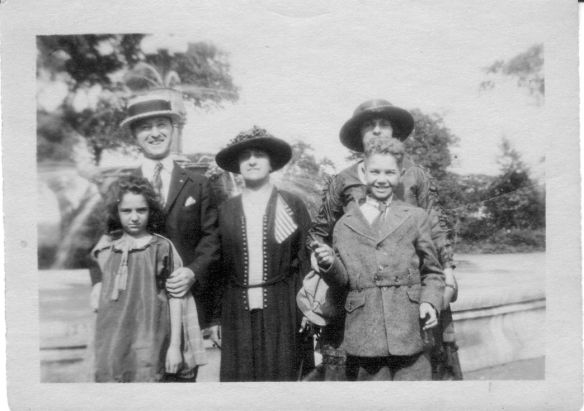
Blanche Stein, Martin Schoenthal, Gertude Schoenthal Miller, Hettie Schoenthal Stein, and Walter Stein c. early 1920s
One of the most amusing anecdotes Hettie shared in her memoirs involved the time her son Walter had to have surgery in Phoenix and she rented a room to stay with him while he had post-operative care:
After Walter got out of the Hospital I thought it would be nice if I could get a little apt near the Hospital as he had to go for treatments. Then I could have Blanche with me, so I found one. It had all new linens and silver and looked so nice. Your grandfather [Henry Stein] brought your mother [Blanche] up that weekend and the next day he was walking in the hall and a girl invited him in her apt. Then when he came in he said what kind of place I was in. Well, I was in a fast house. The first day I was there when Walter and I came out of the apt a couple of men smiled at me and I thought it was just because Walter’s head was bandaged. In the west people were very friendly. A lot of people asked me what happened to the boy and wished for a speady recovery. I moved out of there in a hurry.
Poor Hettie—she must have been mortified to realize she had taken her son to a “house of ill repute!”
In either 1923 or 1924 (various sources differ), Hettie, Henry, and their children left Ray, Arizona.[2] This was also when Gertrude and her family left Arizona to return to Atlantic City, as I wrote about here. Hettie’s description of their travels is colorful:
Now it is March 24, 1924 we are leaving the west to make our home in Phila. My brother-in-law [Jacob Miller] and your grandfather [Henry Stein] were driving to Phila. I forget what city it was but they put the car in a garage and it caught fire and every body lost there cars.
They had to take the train the rest of the way. When they arrived in Phila, they phoned us. We left the next day and a couple days later we had one stop over for one hour so my sister Gertie, your mother [Blanche] who at that time was about 12 years old and Walter took a walk. We were crossing the street when a car came along and I was run over. It was like in the movies. I was down and before you knew it I was up. All I could say is Thank God I am O.K. one wheel ran over my thigh. This man wanted to take me to the hospital but I said no. I think he gave me a card with his name and address on so in case I had any ill affects from it I should let him know. When we got to Chicago my two brothers [Maurice and Martin] wanted me to go to the hospital but I said I am O.K. I know God was with me.
(Perhaps the photographs of Martin with Gertrude and Hettie, shown above, were taken when the families stopped in Chicago.) A few things struck me as interesting about this passage. First, I was impressed by the fact that Gertrude and Hettie traveled alone by train with their children across the country while their husbands waited for them on the East Coast. Also, once again there is evidence that these widely separated siblings stayed close, as Maurice and Martin, the two brothers in Chicago, urged their younger sister to go to the hospital. But mostly I was struck by Hettie’s spirit, which seemed as resilient as her body, jumping up after being run over by a car.
Once they reached the East Coast, Gertrude went on to Atlantic City where she and Jacob became involved in the hotel business. Hettie and Henry settled in Camden, New Jersey, and then in Philadelphia:
My sister husband and your Grand father bought a moving picture house in Camden N.J. we had that for a while then sold it and moved to Holmesburg Pa. that is part of Phila. I was the cashier, your grandfather was the ticket taker and your uncle Walter helped the operator. We all got along nicely.
I had lots of fun. There were three German men who came most every night so one night I said in german do you speak german? Well you should have heard them. I made them understand I only knew a few words but my husband understood better. They told me they came to learn the English language.
Hettie, the daughter of two German immigrants, knew only a few words of German. In some ways, that is rather remarkable as it indicates how fluent her parents were in English. But it is also somewhat sad that they did not pass on to their children the language of their native country.
In 1930, Henry was working as a hosiery salesman. Walter was living with his aunt and uncle, Gertrude and Jacob Miller, and working in their hotel as a bellman. Blanche was still living at home in Philadelphia, working as a typist.
By 1940 Blanche and Walter had both married (more on that in my next post), and Hettie and Henry were living in Philadelphia. Henry was now an office equipment salesman.
Around this time, Hettie’s nephew Bob Klein, son of her sister Estelle and Leon Klein, came to live with them.
We had a five room apt. My nephew Bob Klein lived with us. I loved to paint so I did all the painting when I got the brush in my hand there was not telling where I would stop. I painted the toilet seat and forgot to put a sign on and Bob sat down you can guess the rest.
During World War II, Hettie volunteered for the Allied Prisoner of War Service. While doing so, she made connections that led to a home-based business for her:
In Phila I volunteered one day a week for the Allied Prisoner of War Service that was in 1944 we shipped food to the War Zone. We had to show a card before we were admitted. One day one of the ladies asked me what I was to to do after we finish work so I said I am going to go get some yarn to make a wooley dog so they wanted to see them so the next week I took a couple in and they wanted to buy them so I realy got in business. Then your grandfather told one of his customers*, a florist, about my dogs. He wanted to see them, so I took six with me. He liked them so much he bought them and put them in the window. Some sailors came along and bought all six. I no more than got home when the phone rang and it was Mr. Jones. He said the dogs were gone and he would like to have 50 at once. I stayed up all night and took him what I had made the next day.
A salesman from Chicago saw them at the Florist and wanted to know how he could get in touch with me. He came to see me and ordered all I could make I had my sister Estelle and your mother and your grandpa helping and I sent him as many as I could. Then I had others that wanted them for there stores, my business got to big for me. I had to drop it.
Sadly, Henry Stein died on February 16, 1951, from prostate cancer; he was 79 years old.
After he died, Hettie lived for some time with a friend and for many years on her own in Atlantic City. She continued to have a very full and active life, as you can see from these photographs.
Even at 88, she was still volunteering for her synagogue’s rummage sale.
When she was 95, Hettie moved in with her daughter Blanche in Medford, New Jersey. When Hettie turned 100, it was written up in the May 8, issue of the Central Record, the local newspaper for Medford, New Jersey:
Reading this interview warmed my heart. Even at 100, Hettie remained upbeat, gracious, and independent. Her description of her childhood—“We were one happy family. We would all do for the other, and we all got along nicely”–is certainly consistent with the photographs, the writings, and the facts I’ve seen and read about Hettie and her siblings.
Hettie survived her much beloved husband Henry by almost 38 years, dying on January 15, 1989, when she was just a few months shy of her 103rd birthday. She, like so many of her siblings, was blessed with remarkable longevity.
I will close this post with the closing words of Hettie’s 1974 memoir, as they best convey the spirit and personality of this adventurous and upbeat woman:
Well, this all happened in my life time. I did have two men that wanted to marry me and two weeks ago the third one asked me. I was walking on the Boardwalk and a man I met about ten years ago came up to me and said, “Can I walk with you?” So I said yes. I knew his wife. She passed away a year ago. He wanted me to go to his apt for dinner. He had made a lamb stew. I thanked him and said my dinner was waiting for me. We talked for awhile and then he asked me if I would marry him. He has money, two sons, one a Dr., the other a Dentist and he is very good looking. But I am happy as I am.
I must tell you, I was getting some telephone calls from some man or boy. He kept telling me he wanted to come see me and give me some loving and I would hang up. On Sat. morning my son Walter took me shopping and when we came home the phone rang and it was the same person. I said wait, and I will let you talk to my husband. He hung up in a hurry and that was the end of that.
Two day is the 4th of July, 1974. A beautiful day. Your Ma [Blanche] called me. I am so happy she is enjoying life.
[1] All of the quotes by Hettie Schoenthal Stein are from her memoir, “This is My Life,” written in 1973-1974 for her grandson, Ezra Parvin Lippincott, Jr.
[2] In the 1950s, the company that owned the copper mine in Ray expanded the mining area and moved the residents to a nearby town it built. Today Ray is a ghost town.

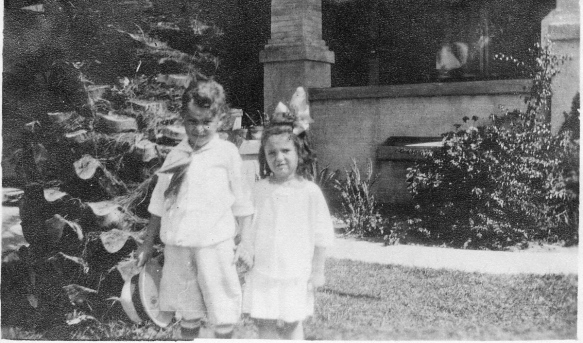

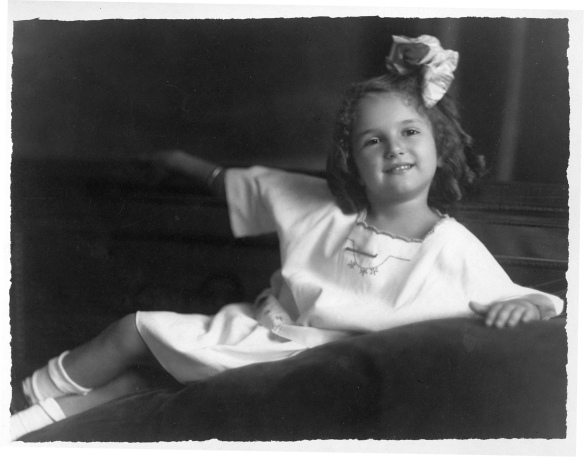
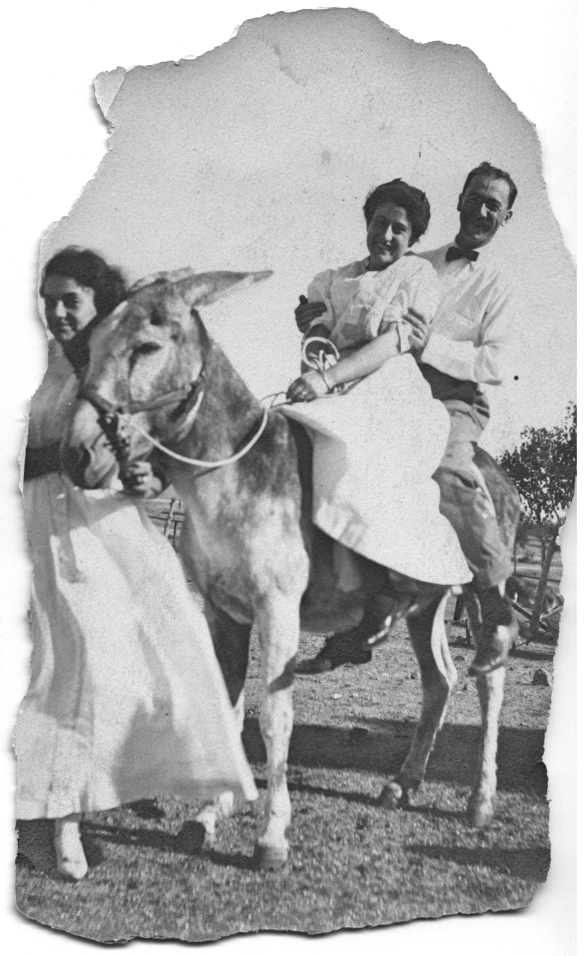

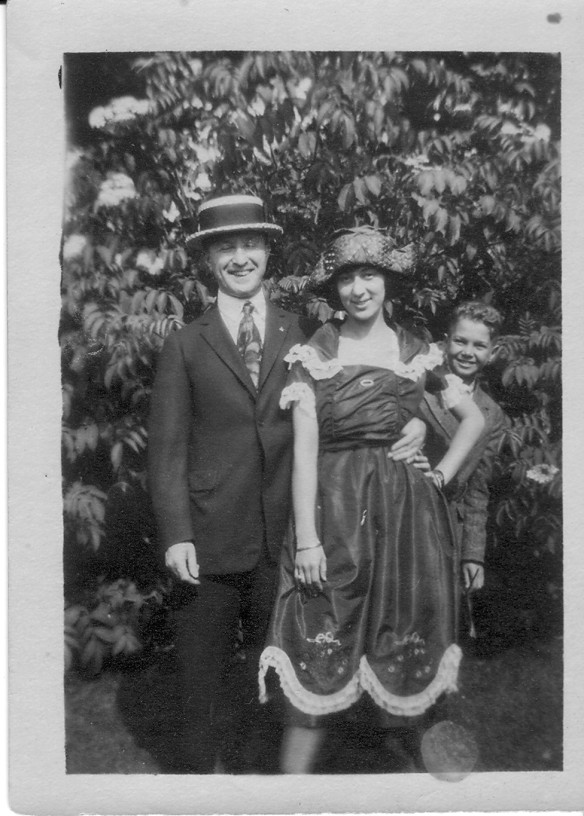
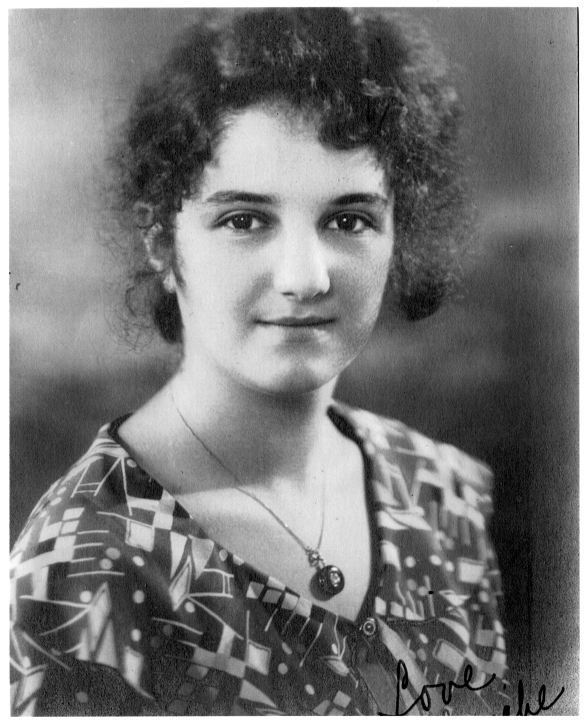
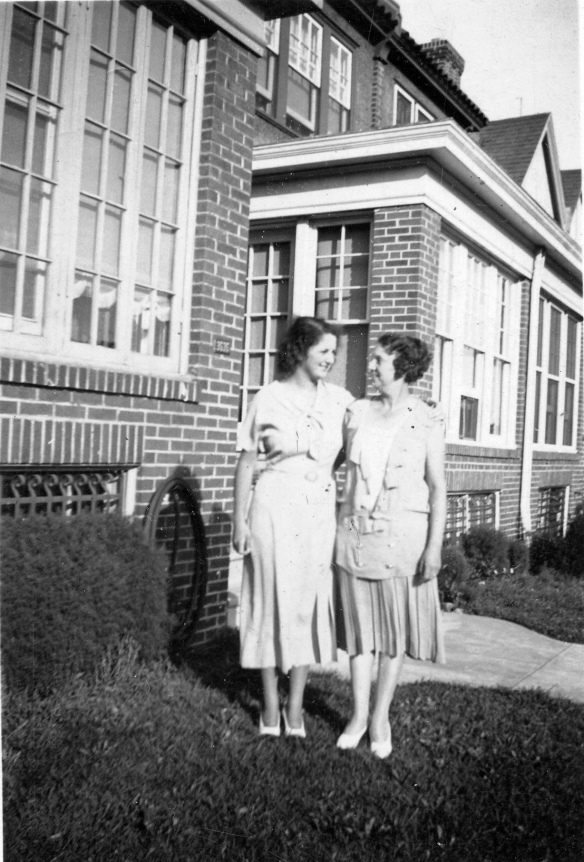

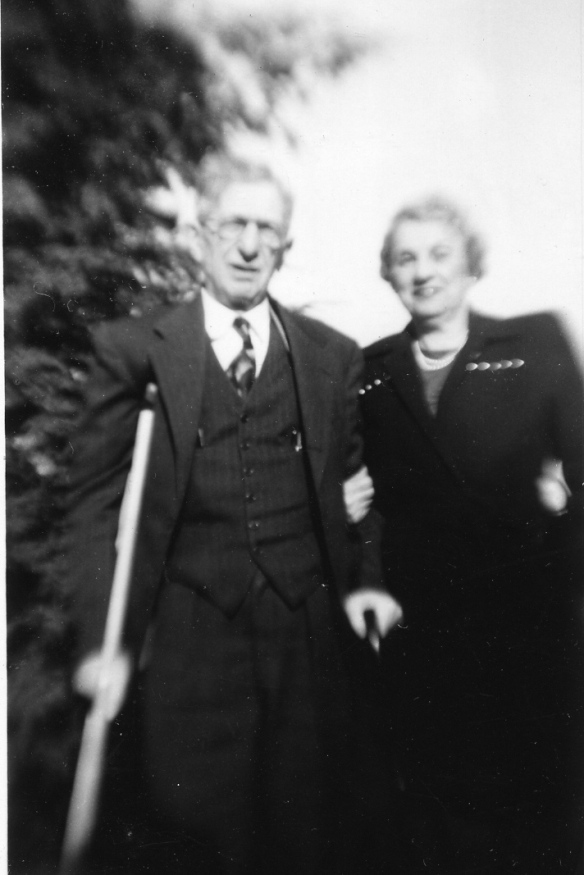
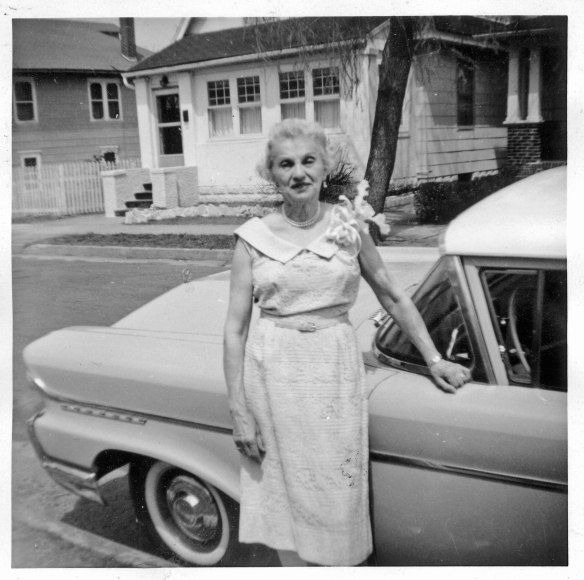
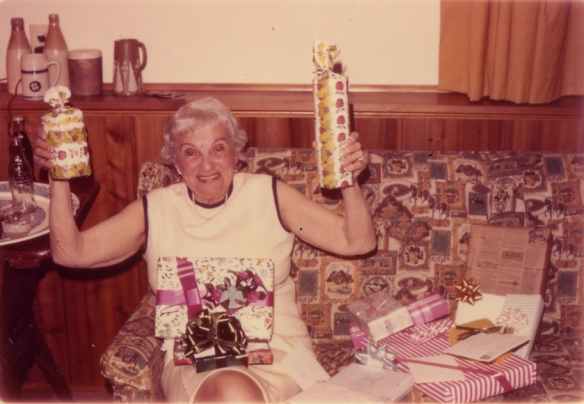
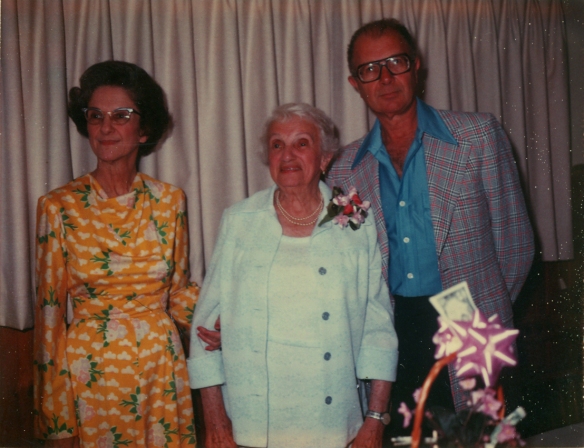

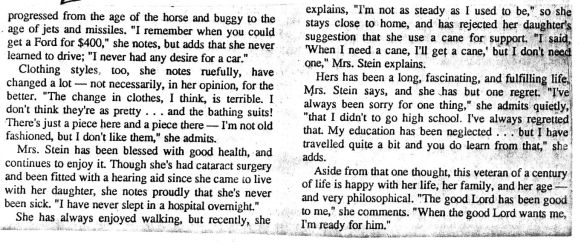

She was fabulous wasn’t she? I loved the bit about the icebox chicks. So much spunk and grit.
LikeLiked by 1 person
Yes, and I bet that spirit is what helped her reach almost 103!
LikeLiked by 1 person
Reblogged this on Janet’s thread.
LikeLiked by 1 person
Thank you!
LikeLike
This was wonderful Amy. I had to stop several times to explain to my husband why I was laughing.
LikeLiked by 1 person
She was a character, wasn’t she! I am always happy to make someone laugh. 🙂
LikeLiked by 1 person
Hettie had a sunny nature for sure. Impressive that her siblings were all so close and connected as a family.
LikeLiked by 1 person
Yes, I agree-especially given how spread out they all were both in age and location.
LikeLike
What fun, rereading excerpts from Hettie’s and Walter’s stories. You have done a fantastic job of pulling out pieces and weaving in context to add depth.
LikeLiked by 1 person
Thank you, Sharon! That means a lot to me, especially coming from you. 🙂
LikeLike
Great story and great photos once again, Amy. I love her words “But I am happy as I am.”
LikeLike
Thank you. I loved that line also—it’s the reason I ended with that excerpt.
LikeLiked by 1 person
I love the stories of her life in Ray – can you even imagine? The photos you shared by Palmercokingcoal are interesting. I live in a little town that used to do coal mining and Palmer Coking Coal is one of the oldest businesses in the town. They have lots of pictures from the early to mid 1900’s of coal mining/miners in the area.
LikeLiked by 1 person
I am laughing at myself—I had no idea that palmercokingcoal was Palmer Coking Coal—I thought it was some very unusual name of a photographer!
Glad you enjoyed the post!
LikeLike
Pingback: Hettie’s Spirit Lives On: Her Children Walter and Blanche « Brotmanblog: A Family Journey
Pingback: Blog Update: The Mystery of Baby Rose Schoenthal of Atlantic City | Brotmanblog: A Family Journey
Pingback: Ray, Arizona: Home of the Gertrude and Hettie Schoenthal | Brotmanblog: A Family Journey
Pingback: Sliding Doors | Brotmanblog: A Family Journey
Pingback: One Mystery Laid to Rest: Baby Rose Schoenthal | Brotmanblog: A Family Journey